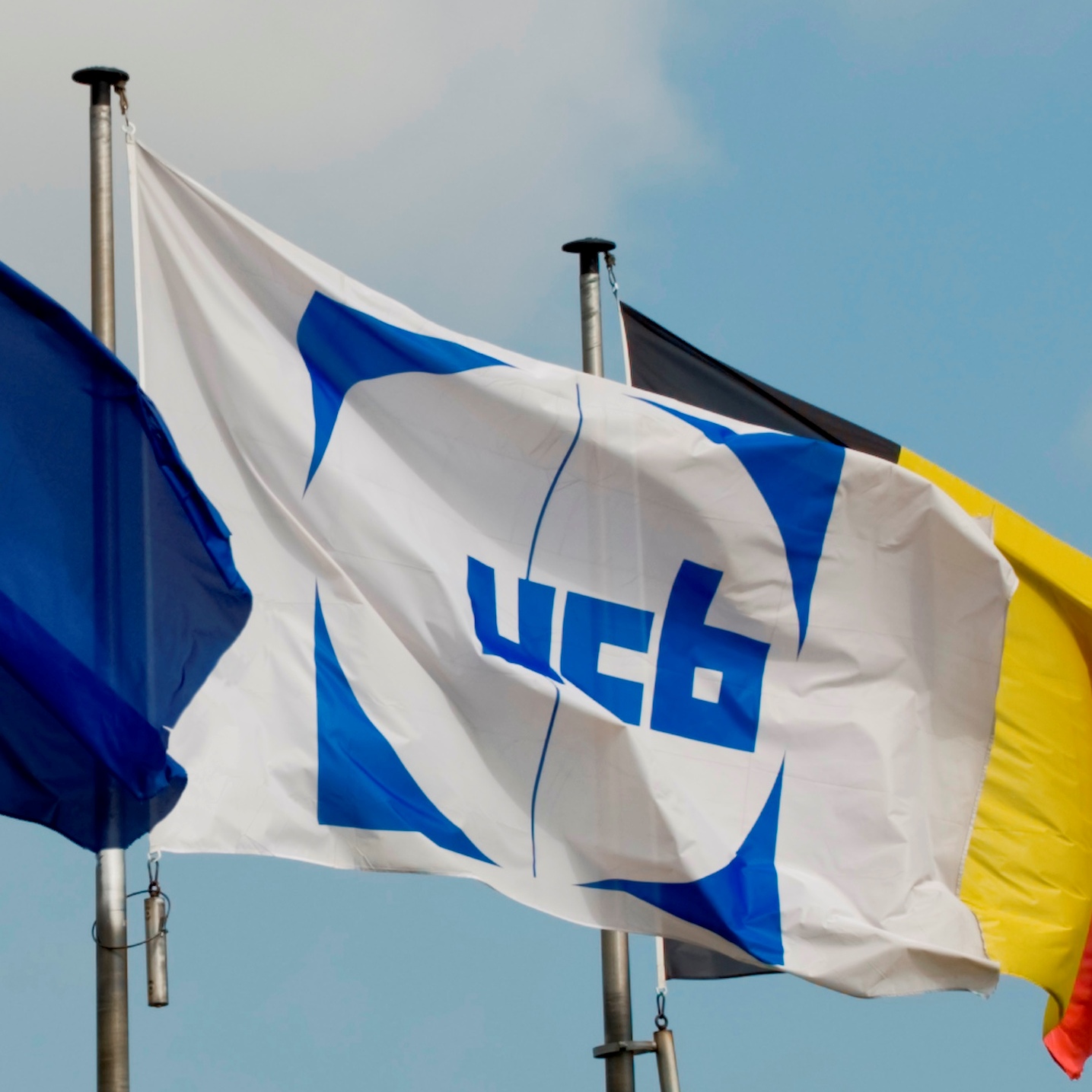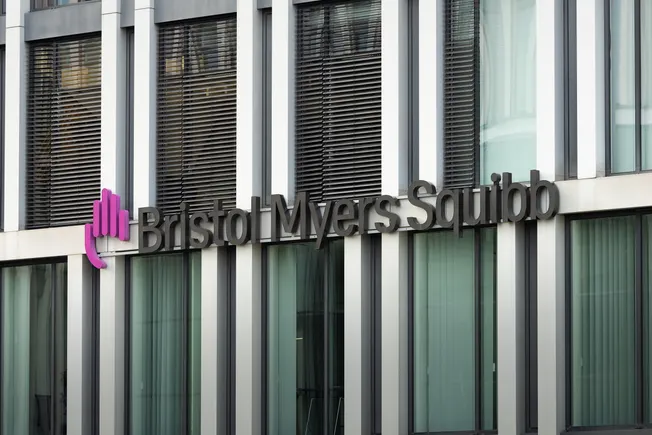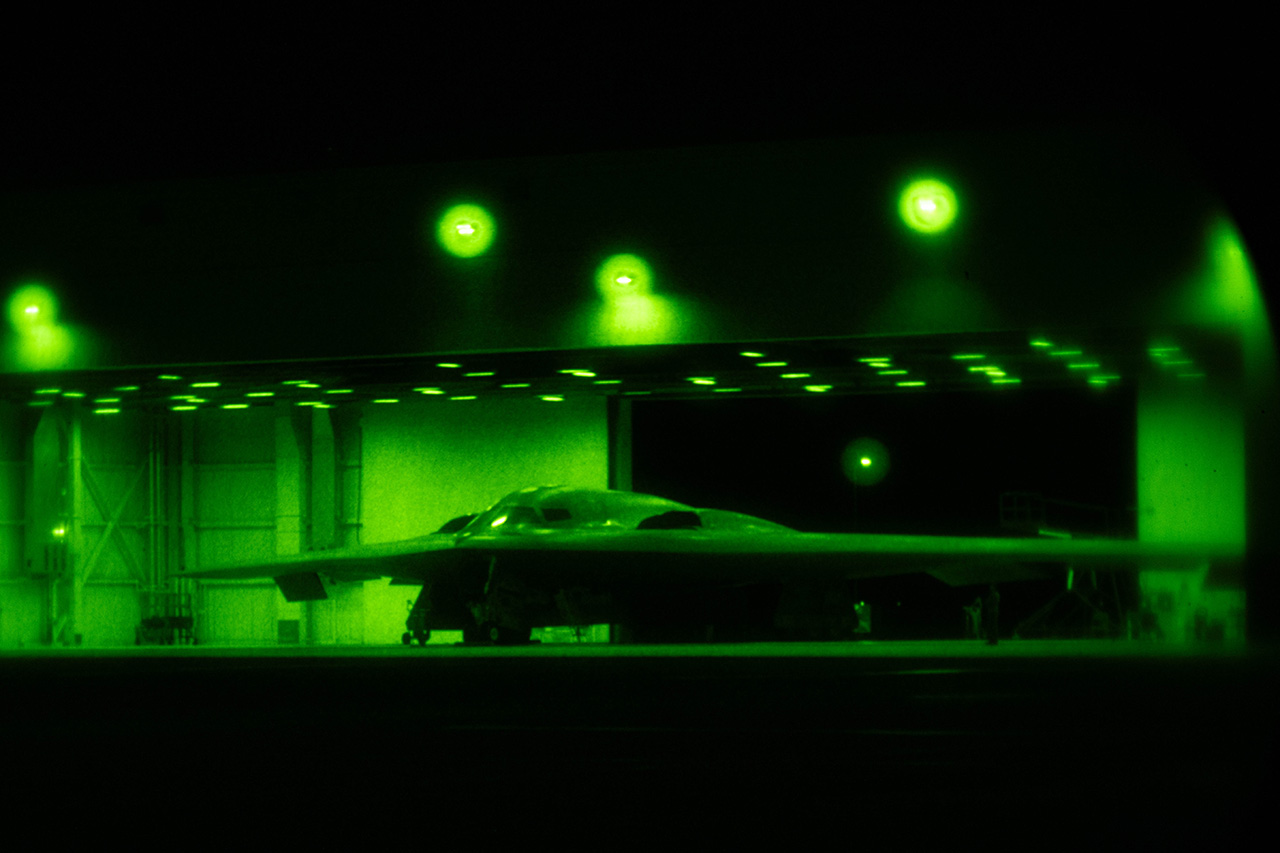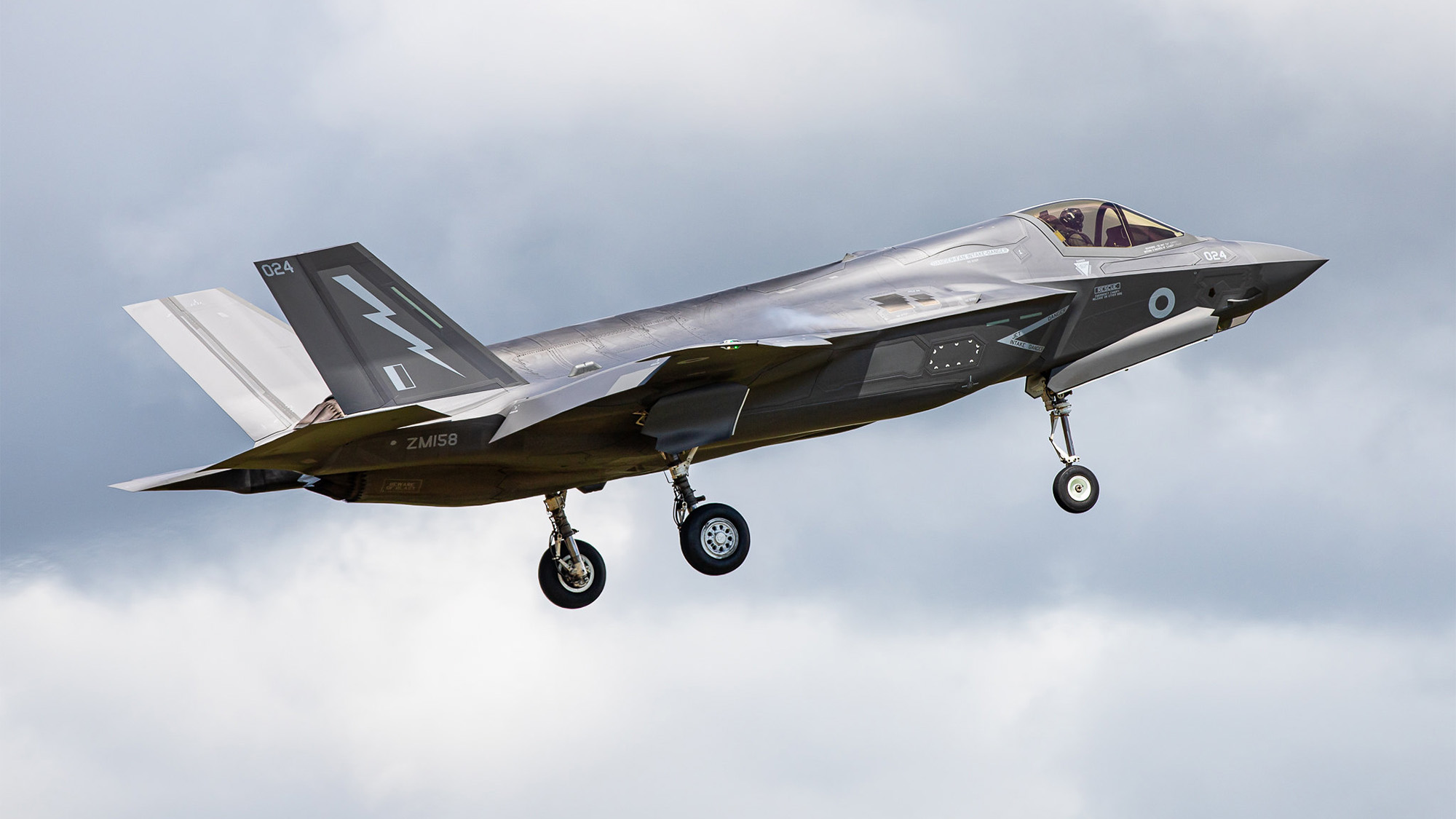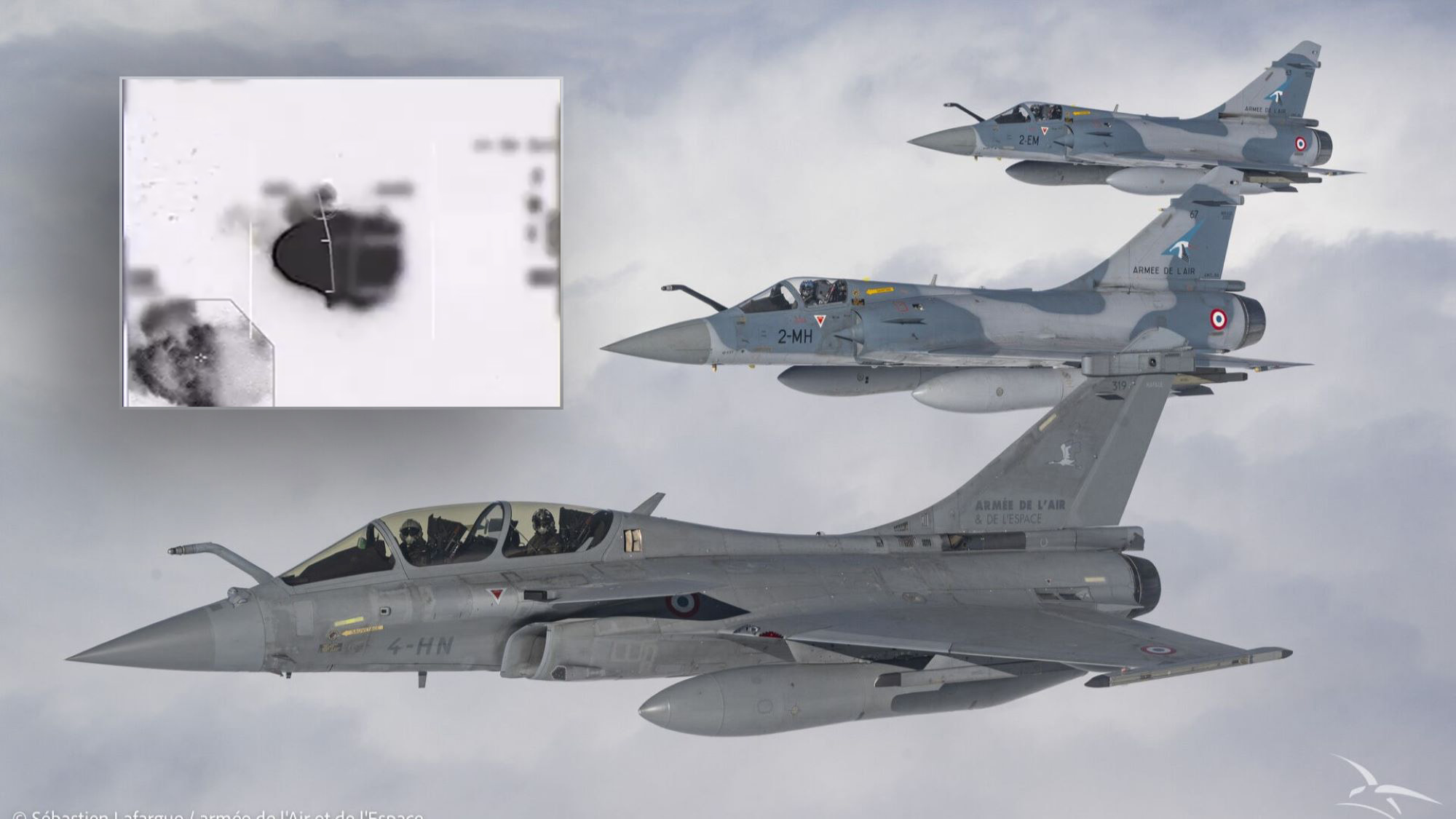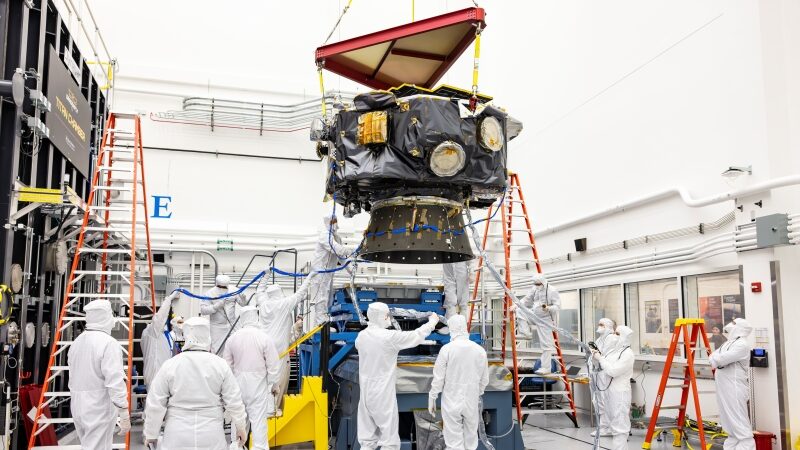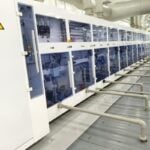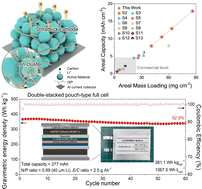Virus‐Inspired Nanoparticles for Intensified Cancer Therapy via Cascade Reinforcement of “Nontoxicity‐to‐Toxicity” Transition and Mitochondrial Dysfunction
Advanced Healthcare Materials, EarlyView.

A mitochondria-based nanoparticle with intracellular “nontoxic-to-toxic” transformation ability is constructed. This nanoparticle can be efficiently endocytosed and degraded within cells. The mitochondrial damage induced by BBR combines with the ROS accumulation caused by the highly toxic CuET chelated by DSF and Cu2+ in situ, synergistically promoting a vicious cycle of mitochondrial damage and oxidative stress, thereby intensifying combination chemotherapy.
Abstract
Mitochondria play an essential role in cellular oxidative stress defense. Mitochondrial impairment results in disrupted intracellular redox balance and tumor cell apoptosis. Herein, a biodegradable nanoprobe for combination chemotherapy is constructed by developing a virus-like mesoporous copper oxide nanocage co-loaded with disulfiram (DSF) and berberine (BBR) to amplify oxidative stress. This nanoparticle can be efficiently endocytosed by tumor cells due to its biomimetic virus-like morphology and has shown effective intracellular degradation to release BBR, DSF, and Cu2+. The released BBR directly promotes cellular vulnerabilities and mitochondrial damage. In addition, the DSF and Cu2+ chelate in situ to generate highly toxic CuET, achieving a “nontoxic-to-toxic” transformation and triggering the generation of reactive oxygen species (ROS). Due to the mitochondrial dysfunction induced by BBR, massive ROS accumulation is noted within tumor cells, which in turn exacerbates mitochondrial damage and further disrupts intracellular redox balance in a positive feedback loop, inducing tumor cell apoptosis. In this study, a mitochondria-based nanoparticle with intracellular “nontoxic-to-toxic” transformation ability is constructed, amplifying oxidative stress in tumor cells for combination chemotherapy with high biosafety.

























































